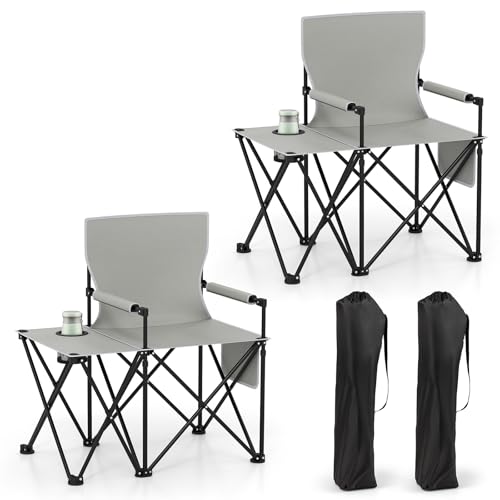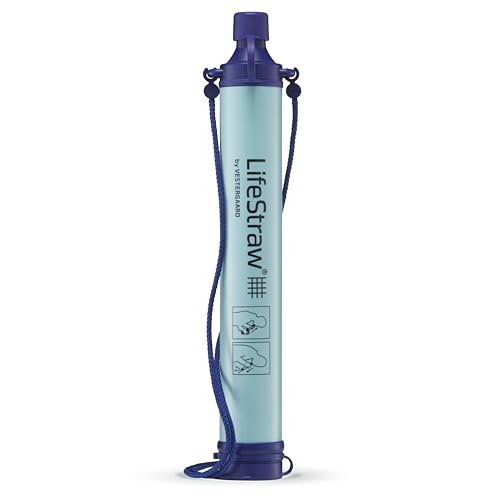Setting up a canvas tent for long stays can feel like a daunting task, but it doesn’t have to be. I’ve spent countless weekends camping under the stars, and I’ve learned a thing or two about making the process smoother and more enjoyable. Whether you’re planning a family getaway or a solo retreat into nature, a well-set-up tent can transform your experience.
Preparing for Your Long Stay
Preparing for a long stay in a canvas tent requires careful planning. I focus on two key aspects: choosing the right location and gathering essential gear. These steps set the foundation for a comfortable camping experience.
Choosing the Right Location
Choosing an ideal camping spot involves several considerations. I look for flat ground, away from any potential hazards like falling branches or flooding. It’s important to find a location near water sources for cooking and cleaning, yet far enough to avoid moisture seeping into my tent. I also consider the direction of prevailing winds. A natural windbreak, like trees or hills, provides extra protection. Additionally, proximity to trails or fishing spots enhances my outdoor adventures, making them even more enjoyable.
Gathering Essential Gear
Gathering essential gear makes life easier while camping. I pack high-quality items that ensure comfort during my stay. My must-haves include:
- Sleeping Gear: A durable sleeping bag rated for the season, a sleeping pad for insulation, and a pillow or stuff sack filled with clothes.
- Cooking Supplies: A portable stove, fuel, cookware, utensils, and a cooler to keep food fresh.
- Safety Tools: A first-aid kit, a multi-tool, and a reliable flashlight equipped with extra batteries.
- Clothing: Weather-appropriate layers, sturdy hiking boots, and waterproof gear for unexpected rain.
- Personal Items: Biodegradable soap, toiletries, and any necessary medications.
Having the right equipment prevents discomfort and keeps the focus on enjoying nature. With these preparations, I’m ready to embrace the great outdoors for an extended stay.
Setting Up the Canvas Tent
Setting up your canvas tent doesn’t need to feel daunting. With the right steps, it becomes a straightforward process that enhances your camping experience.
Assembling the Tent Frame
Assembling the tent frame lays the groundwork for a solid structure. First, I always lay out all the components—poles, connectors, and stakes—on a flat surface. This keeps everything organized and prevents missing parts. Then, I start by connecting the longer poles together using connectors. I typically make the framework using a combination of vertical and horizontal poles for stability. Next, I position the frame upright, ensuring each part fits snugly. At this point, checking for any defects in the poles is essential. I tighten all connections securely to ensure structural integrity against wind and rain.
Installing the Tent Fabric
Installing the tent fabric is the highlight of setting up. After the frame stands tall, I drape the canvas over the entire structure carefully. I make sure to align the fabric so that doors and windows face my desired direction—usually toward the best views or the morning sun. I pull the fabric taut to avoid sagging, which helps reduce water pooling during rain. After securing the fabric to the frame with clips or ties, I drive stakes into the ground, anchoring the tent firmly. Lastly, I double-check all corners and edges, adjusting if necessary for a snug fit. Proper installation of the tent fabric ensures comfort, protection, and durability throughout my stay.
Creating a Comfortable Interior
Creating a cozy interior inside my canvas tent enhances the camping experience significantly. I focus on ground cover and space organization to maximize comfort.
Selecting the Right Ground Cover
Choosing the right ground cover is essential for comfort and insulation. I typically lay down a thick tarp or ground tarp, adding an extra layer between the tent floor and the ground. This prevents moisture from seeping in and protects against cold surfaces. I often consider adding an outdoor rug or foam pads to increase softness. This makes a significant difference during long stays.
Organizing Your Space
Organizing my space helps maintain order and functionality in the tent. I start by designating specific areas for sleeping, cooking, and gear storage. I use lightweight shelves or bins to keep items off the ground, making it easier to find essentials quickly. For personal gear, hooks or hanging organizers work wonders. They keep my items accessible while maximizing floor space. Overall, a tidy setup reduces stress and creates a more inviting atmosphere.
Maintenance Tips for Long Stays
Maintaining a canvas tent during a long stay is essential for comfort and longevity. I follow these key practices to keep my tent in top shape.
- Inspect Regularly: I check the tent regularly for signs of wear or damage. I examine seams, zippers, and fabric for tears. Addressing small issues early prevents bigger problems later.
- Clean the Tent: I clean the tent often, especially after heavy rain or use. I use a soft brush or cloth with mild soap and water to remove dirt and debris. For stains, a gentle approach works best to preserve the fabric.
- Dry the Tent: After wet conditions, I make sure to dry the tent completely before packing it away. I air it out in the sun whenever possible, as moisture can lead to mold or mildew.
- Re-apply Waterproofing: I re-apply waterproofing treatments as needed. Depending on the tent’s usage, I check this every few months. Making sure the tent remains water-resistant keeps camping enjoyable during rain.
- Store Properly: During long stays, I store the tent correctly when not in use. I keep it tucked away in a dry, cool place to avoid unnecessary exposure to elements.
- Reinforce Anchors: I regularly check and tighten stakes and guylines. Wind can pull at the tent, so I ensure everything remains secure to prevent any shifting.
- Ventilate: I keep the tent well-ventilated, especially when cooking or when moisture accumulates. I open windows and doors to allow airflow, which helps to reduce condensation and maintains a fresh environment inside.
By incorporating these maintenance tips into my routine, I enjoy a reliable, comfortable tent throughout my long camping stays.
Additional Accessories to Consider
When prepping for an extended stay in a canvas tent, a few additional accessories enhance comfort and functionality. Understanding what to pack makes a significant difference in the overall experience.
- Tent Heater: A portable tent heater keeps the space warm during chilly nights. Selecting a model designed for tent use ensures safety and efficiency.
- Camping Furniture: The right camping furniture, like folding chairs and tables, provides a comfortable setup. This furniture creates a more home-like environment, perfect for relaxing and cooking.
- Lighting Solutions: Battery-operated lanterns, headlamps, or string lights brighten the tent. Proper lighting enhances visibility at night and sets a cozy atmosphere.
- Comfort Items: Bringing along items like cushions and blankets increases overall comfort. These small additions make sitting and sleeping more enjoyable.
- Cooking Equipment: A portable stove or grill simplifies meal prep while camping. Quality cookware, including pots, pans, and utensils, ensures delicious meals throughout the trip.
- Storage Solutions: Using bins or organizers helps maintain order within the tent. Decluttering the space makes moving around easier and keeps gear accessible.
- First Aid Kit: A well-stocked first aid kit is essential for any outdoor adventure. This kit should include bandages, antiseptics, and any necessary personal medications.
- Water Filtration System: Ensuring a clean water supply is crucial for long stays. A portable water filter or purification tablets provide safe drinking water from nearby sources.
- Tarps: Extra tarps serve multiple purposes, like protecting the ground beneath the tent or covering equipment. They’re versatile and help keep things dry and organized.
- Trekking Poles: Not directly related to the tent, trekking poles aid in hiking and provide support during outdoor adventures. They help with stability and reduce fatigue on long treks.
These accessories significantly enhance the camping experience. Taking the time to gather the right gear makes for a more enjoyable and stress-free long stay in the wilderness.
Conclusion
Setting up a canvas tent for long stays can truly transform your camping experience. With the right planning and preparation you can create a cozy and inviting space that feels like home in the great outdoors. I’ve found that a little effort goes a long way in ensuring comfort and enjoyment during those extended trips.
Remember to take the time to choose the perfect spot and gather quality gear. Keeping your tent well-maintained will also help it last longer and keep you comfortable. I hope these tips inspire you to embark on your next adventure with confidence and excitement. Happy camping!











